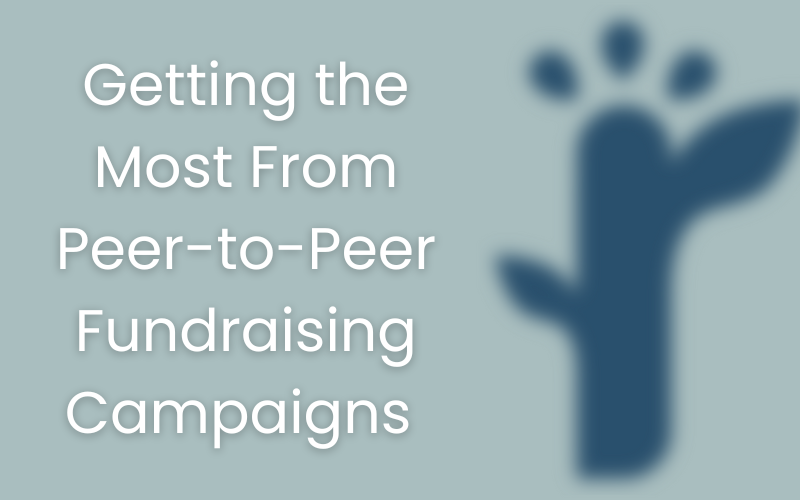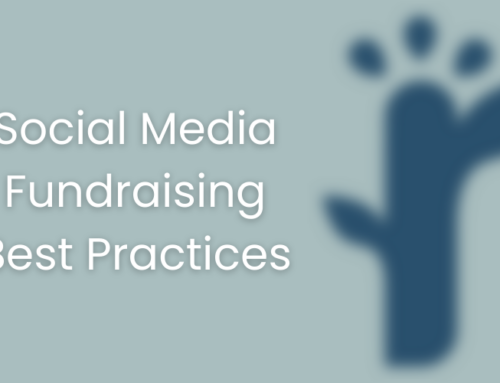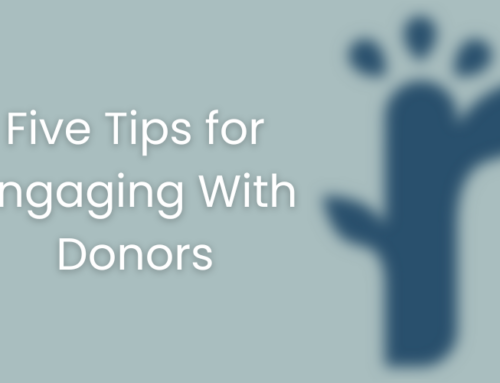Peer-to-peer fundraising campaigns have been steadily growing in popularity among nonprofit organizations for some time. With the proliferation of fundraising software with peer-to-peer capabilities it has become much easier to track P2P campaigns as well as gamify and personalize campaigns, increasing their effectiveness. Though these campaigns can be fun to execute, it’s important to remember a few of the basics:
Stay Focused on Your Fundraising Goal
Establishing a goal, or set of goals, is the first step to any successful campaign. Knowing what you’re looking to achieve guides your decision making on elements like target audience, content, and more. Once your campaign is live, don’t lose focus of these goals and your progress toward them. This is particularly important in peer-to-peer campaigns where there will be numerous people involved in fundraising efforts. Having a centralized set of goals that are well communicated to those involved will help those goals be achieved.
Use All Available Communication Channels
When people think of peer-to-peer fundraising, they tend to immediately think of social media, and rightfully so. Social channels allow easy communication among teams of fundraisers and their peers, making the fundraising process much easier. Social platforms also increase your audience by serving your content as a suggested post to potential donors who may not be followers of your account. That said, it’s important to not overlook other communication channels when executing your campaign. Consider methods such as email campaigning, direct mail, and even word of mouth, especially among your most engaged supporters!
Consistently Recognize Donors (and encourage them to involve connections)
No matter what type of fundraising campaign you’re running, consistent recognition of donors is critical. In peer-to-peer campaigns, where you’re relying on champions of your cause to get their connections involved in supporting your organization, recognition is even more important. Calling out donors for their involvement and successes inherently gives the person a morale boost that can lead to even greater effort on their part. In contrast, not recognizing a donor for going above and beyond could make them feel alienated and unappreciated, leading them to put less effort into the campaign.
Track Results and Refine as Necessary
As with any campaign, tracking progress via analytics is an important part of the process. Utilizing platform specific analytics (Facebook, LinkedIn, email campaign software, etc.) can give you a greater understanding of how much traffic is being driven, which content types are most productive, and how much (or little) donors are engaging with the campaign. Additionally, Google Analytics may be used to discover how much traffic to your website is being driving by the campaign, as well as how meaningful and engaged that traffic is with your site.
With peer-to-peer campaigns being easier to conduct and track than ever before, now is a great time for your nonprofit to give this unique, personal type of fundraising a try. You may find that you not only hit fundraising goals, but that you also connect your donor base to each other and your nonprofit like never before.


